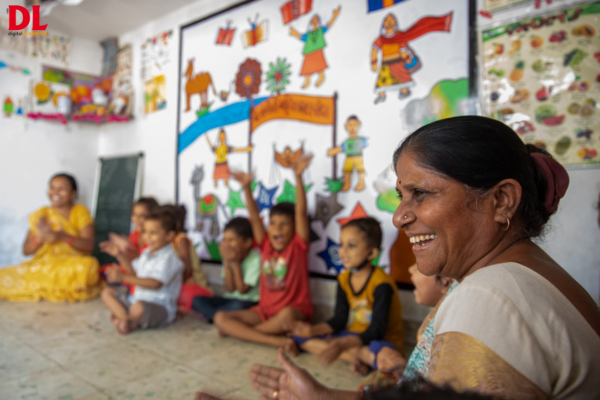- The PM JANMAN programme provides a new opportunity to improve the lives of India’s Particularly Vulnerable Tribal Communities.
Government initiative:
- Pradhan Mantri PVTG Development Mission. Announced for fiscal year 2023-24 to strengthen the socioeconomic situation of PVTGs.
- The Pradhan Mantri Janjati Adivasi Nyaya Maha Abhiyan (PM-JANMAN) was launched in November 2023.
- The Pradhan Mantri Adi Adarsh Gramme Yojana includes the Integrated Tribal Development Project (ITDP) and the Tribal Sub-Plan.
PM JANMAN’s Objectives:
- Provide basic services to PVTGs, such as safe housing, clean drinking water, and sanitation.
- The largest Direct Benefit Transfer (DBT) programme in the initiative.
- Plans to reach 4.90 lakh PVTG homes by 2026.
- Households will receive ₹2.39 lakh in three payments.
Technical challenges in the PM JANMAN
Housing Scheme, app functionality and data gathering:
- Data Collection Areas: The ‘Awaas+’ app tracks geographical locations, household profiles with geotagging, and bank account information for payment transfers.
- Mandatory Jobcard: Registration needs a jobcard, although many have been removed, compromising PVTG eligibility.
Jobcard Issues:
- Deletion of Job Cards: The widespread deletion of over eight crore MGNREGA jobcards over the last two years has made many PVTGs ineligible for the scheme.
- Jobcard Misuse: Fraudulent registrations using someone else’s job cards complicate the registration process.
Discrepancies in the village list
- Inconsistent Data: The app’s pre-populated list of communities does not correspond to the MGNREGA Management Information System (MIS). For example, the app displays 22 villages whereas the MIS includes 31 villages for Andhra Pradesh’s ‘Vanjari’ Panchayat, which causes confusion.
Aadhaar-related Issues:
- Name Matching: The software requires names to match Aadhaar information but does not specify what to do if Aadhaar is missing.
- PVTG Identification: The app does not explicitly identify PVTGs and instead uses the default ‘ST’ option, which results in non-PVTG registrations.
Certification Issues:
- Local Certification: Due to ineligible registrations, local officials ask PVTGs for certification from sarpanches/mukhiyas.
- Conflict of Interest: Non-PVTG sarpanches/mukhiyas in mixed communities may act against the interests of PVTGs, making the certification process difficult.
Geo-tagging Problems:
- Network Issues: Poor network connectivity disrupts geo-tagging for planned development sites, preventing proper data collecting.
Bank Selection Complexity:
- Overwhelming Options: The app’s bank dropdown lists are too extensive. For example, selecting ‘Commercial Bank’ displays over 300 alternatives, while picking ‘State Bank of India’ in Andhra Pradesh displays over 500 branches, creating additional complication for both PVTGs and authorities.
Opportunity/Next Steps for PM JANMAN Housing Scheme
- Simplify the App Interface: Update the ‘Awaas+’ app’s UI to make it more user-friendly and remove extraneous complications, such as extensive dropdown lists for banks.
- Clear guidelines for Aadhaar: Provide precise guidance on what names to use in the absence of Aadhaar, so that all eligible PVTGs can register.
- Verify Jobcard Authenticity: Introduce strong safeguards to prevent fraudulent registrations using other people’s jobcards.
- Improve Network Infrastructure: Invest in improved network infrastructure in rural regions to facilitate geotagging.
Source: https://www.thehindu.com/opinion/op-ed/a-door-to-a-housing-scheme-tribals-find-hard-to-open/article68219126.ece










